| IN A NUTSHELL |
|
The International Space Station (ISS) is currently grappling with a significant crisis that has caught the attention of the global community. An air leak in the Zvezda module has escalated to concerning levels, raising alarms about the station’s sustainability and the safety of its crew. As tensions rise between NASA and Roscosmos, questions about the station’s future and the feasibility of a resolution are more pressing than ever. This situation demands urgent attention, as the implications could affect not only the lives of astronauts but also the future of international space collaboration.
The Growing Menace of the Zvezda Module
Since 2019, the Zvezda transfer module has been plagued by a persistent leak issue, which has now intensified to a concerning extent. The leak rate has increased to 2.5 pounds of air daily, threatening the module’s ability to maintain its structural integrity and crucial pressurization. This problem highlights the challenges of maintaining aging space infrastructure, as the ISS continues to orbit Earth.
The source of the leak has led to differing theories between NASA and Roscosmos. While NASA attributes the problem to material stress and long-term environmental exposure, Roscosmos believes that vibrations from thrusters and docking maneuvers are exacerbating metal fatigue. Detecting and repairing these leaks is difficult, especially when they are hidden behind layers of piping and structural reinforcements. Despite ongoing mitigation efforts, the leak remains a critical threat, requiring constant vigilance and complicating the accessibility of the module.
Astronauts Adapt to a Sealed-Off Danger Zone
Life aboard the ISS has changed dramatically for astronauts, who now operate under heightened safety protocols. The Zvezda module is kept sealed and accessed only for essential operations like cargo retrieval. When the module is opened, crew members must isolate the Russian and American sections, minimizing exposure to the leaking air. This new routine underscores the seriousness of the situation, as astronauts adapt to an environment of increased confinement and caution.
NASA has taken precautionary steps to prepare for potential emergencies, equipping the SpaceX Crew Dragon spacecraft with additional seats to facilitate a possible evacuation. This measure highlights the gravity of the circumstances as crews continue their work under constrained conditions. The need for such precautions reflects the ongoing risk and uncertainty surrounding the station’s future.
NASA vs. Roscosmos: A Collaboration Under Strain
The cracks in the Zvezda module have brought to light the differing perspectives of NASA and Roscosmos on how to approach the problem. NASA is pushing for independent assessments due to concerns about catastrophic failure, while Roscosmos maintains that continued operations are safe, though they have not fully substantiated these claims. This disagreement has stalled decisive action, as both agencies struggle to define what constitutes “untenable conditions.”
| Aspect | NASA’s Perspective | Roscosmos’s Perspective |
|---|---|---|
| Root Cause | Material stress and environmental exposure | Vibrations causing metal fatigue |
| Catastrophic Potential | High risk; calls for urgent review | Low risk; operations are safe |
| Resolution | Independent expert evaluation | Reluctance towards external reviews |
Both NASA and Roscosmos agree that the Zvezda module might need permanent closure if conditions worsen, but without a clear resolution, this crisis continues to strain their collaboration.
Is This the Beginning of the End for the ISS?
This crisis has erupted as the ISS approaches its operational endpoint. Although NASA has committed to maintaining the station until 2030, Roscosmos has hinted at a withdrawal by 2028, adding to the uncertainty surrounding the partnership. This timeline pressures NASA to transition smoothly to commercial platforms, with companies like Blue Origin and SpaceX poised to fill the impending void.
The ongoing leaks from the Zvezda module, combined with fractures in international cooperation, threaten the station’s future. The question remains whether these technical and diplomatic challenges can be resolved swiftly enough to ensure the ISS’s continued operation and the success of future space endeavors.
The situation aboard the ISS is a stark reminder of the challenges faced in managing aging space infrastructure and international partnerships. As NASA and Roscosmos navigate these turbulent waters, the world watches closely, contemplating the future of human space exploration. Will this crisis lead to innovative solutions and stronger collaborations, or will it mark the end of an era in space diplomacy?
Did you like it? 4.7/5 (30)
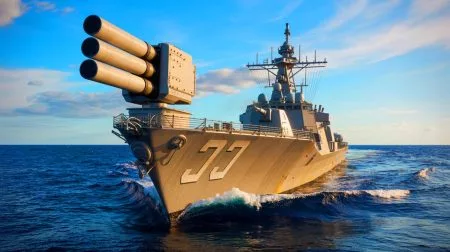
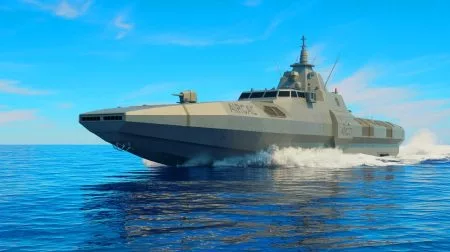
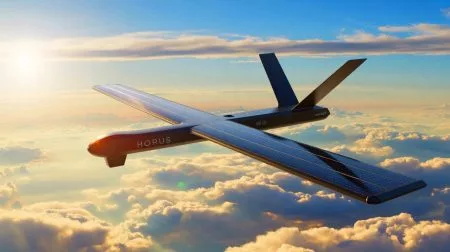

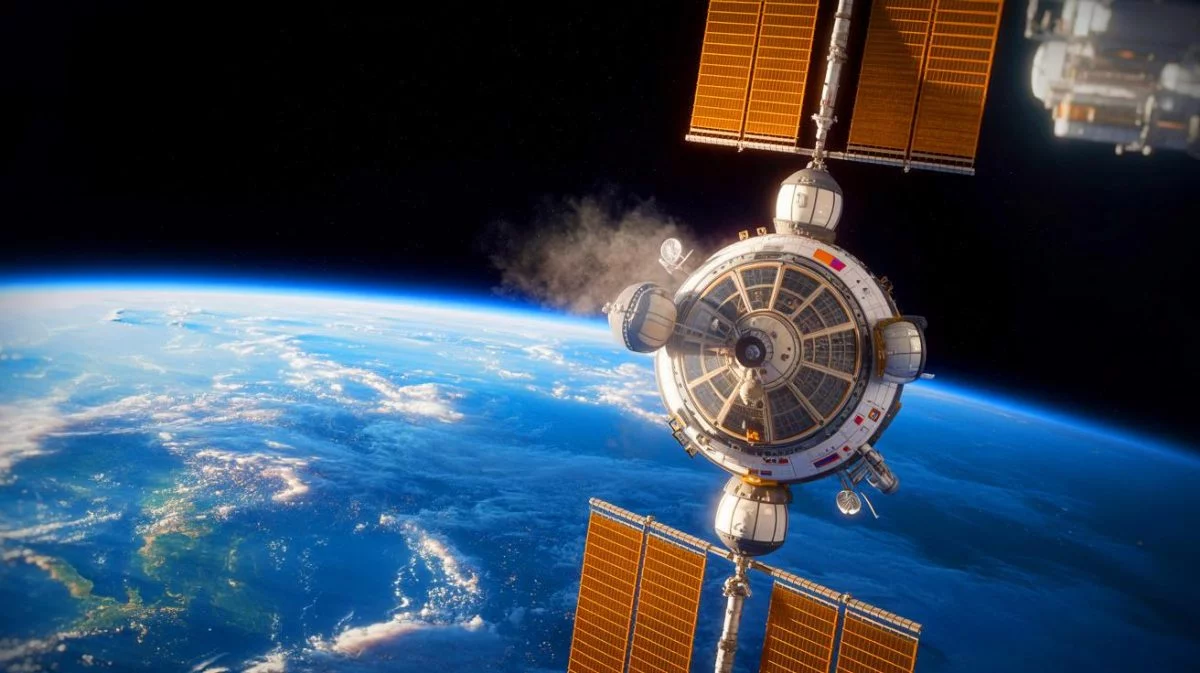
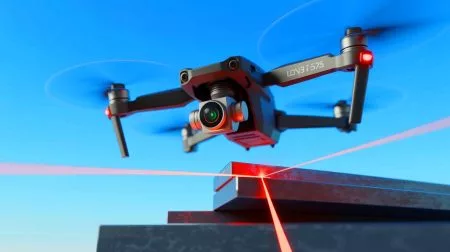
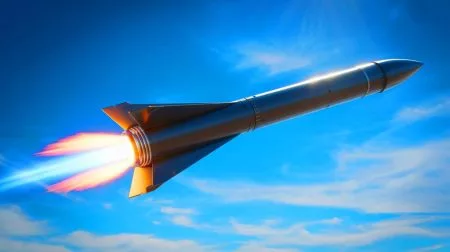

Wow, this sounds pretty intense. How soon do they think they can fix it? 🛰️
Why is Zvezda module always in the news for leaks? Sounds like a design flaw. 🤔
Hope the astronauts are safe. Thank you NASA and Roscosmos for your hard work! 🙏
Is it just me or does this sound like the plot of a sci-fi thriller? 😅
How long can the ISS sustain such a leak before it becomes uninhabitable?
NASA and Roscosmos should stop bickering and start fixing! 🚀